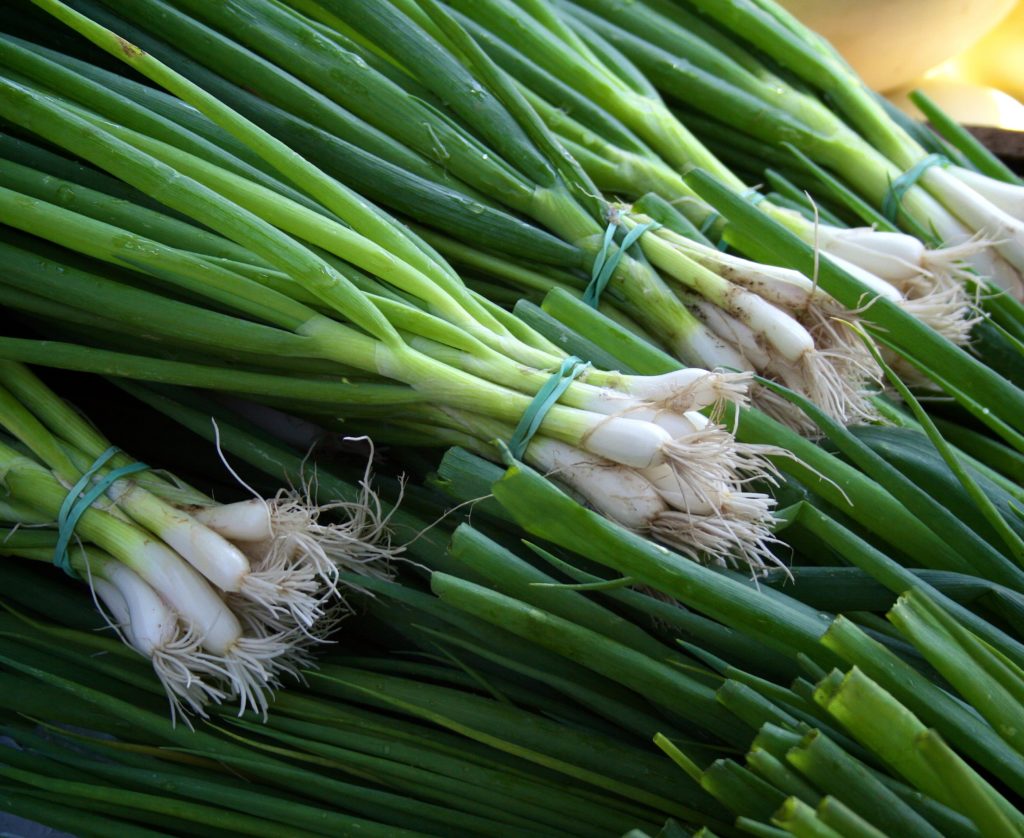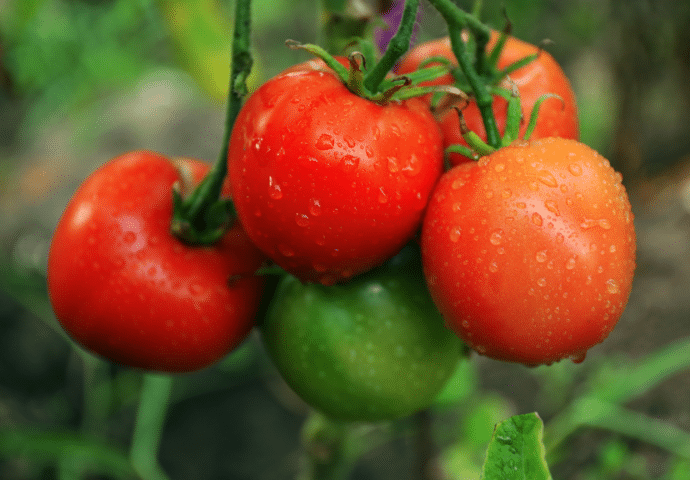If you’re looking for a way to eat fresher, tastier, and more nutritious vegetables, planting an instant vegetable garden is a great option. Not only will you save money on your grocery bill, but you’ll also enjoy the satisfaction of growing your own food.

In this blog post, we’ll show you how to plant an instant vegetable garden, as well as provide some tips for successful vegetable gardening.
The Benefits of Planting an Instant Vegetable Garden.
One of the main benefits of planting an instant vegetable garden is that you will have access to fresher, tastier, and more nutritious vegetables. Store-bought vegetables can be expensive and often lack in flavor. homegrown vegetables will be picked at their peak ripeness, ensuring that they are both delicious and nutritious.
Save money on your grocery bill.
Another benefit of planting an instant vegetable garden is that it can save you money on your grocery bill. By growing your own food, you will not have to purchase as much produce from the store. This can be significant savings, especially if you eat a lot of fresh fruits and vegetables.
Enjoy the satisfaction of growing your own food.
In addition to saving money, another benefit of planting an instant vegetable garden is the satisfaction that comes from growing your own food. There is something truly satisfying about being able to step outside and harvest fresh produce from your own backyard. Plus, you will know exactly what went into growing your food and can be confident that it is free from harmful chemicals or pesticides.
If you want an instant vegetable garden, you should buy vegetable seedlings at any nursery for a few cents or a few dollars.
By planting seedlings instead of seeds, you will be able to grow vegetables faster.

How to Plant an Instant Vegetable Garden.
Plants need sunlight to grow, so choose a spot in your yard that gets at least six hours of sun per day. If you have a small yard, you can even grow vegetables in pots on your patio or balcony.
Prepare the soil for planting.
The key to successful vegetable gardening is to start with good soil. If your soil is sandy or clay-based, add organic matter like compost or manure to improve its drainage and fertility. You can also buy bags of premixed garden soil at your local hardware store.
Select the vegetables you want to grow.
Pick vegetables that you and your family will actually eat! Some easy-to-grow vegetables include tomatoes, lettuce, peppers, cucumbers, and squash. Research which vegetables are best suited for growing in your area.
Plant your vegetables.
You can either sow seeds directly in the ground or start with seedlings that have already been germinated. If you’re planting seeds, be sure to read the instructions on the packet carefully. Once your seedlings have sprouted, thin them out so that they’re about 8 inches apart.
Water your garden regularly.
Vegetables need 1-2 inches of water per week, so make sure to water them deeply and regularly during the growing season. You can install a simple drip irrigation system to save time and conserve water.
Which vegetables are the fastest to grow in your home garden
Some of the best salad greens to grow at home include lettuce, arugula, spinach, and chard. These greens will mature in as little as 30 days, so you can have fresh salads all summer long!
Root vegetables.
Root vegetables are another great option for those looking to grow their own food at home. Carrots, radishes, turnips, and beets are all fast-growing vegetables that can be harvested in just a few weeks time.
Similar to salad greens, root vegetables only require a small amount of space and can be grown in pots or directly in the ground. They do best in loose, well-drained soil with plenty of organic matter. Water regularly and fertilize every few weeks for best results.
What is the best way to grow green onions at home? To learn more, click here

Tomatoes.
Tomatoes are a summertime staple in many household gardens. While they do take longer to mature than other vegetables on this list (usually around 60-70 days), they are relatively easy to grow and produce an abundance of fruit over the course of the growing season.
To grow tomatoes at home, start with healthy plants from your local nursery or garden center. Choose a sunny spot in your garden with well-drained soil, and prepare the area by adding some compost or organic matter to the soil before planting your tomatoes. Water regularly and fertilize every few weeks for best results.
Visit this link to learn more about growing tomatoes

Tips for Successful Vegetable Gardening.
Mulching your garden is a great way to conserve moisture and suppress weeds. You can use organic materials like straws or bark chips, or even plastic sheeting. Whatever you use, make sure it is at least 2-3 inches thick.
Keep your garden free of pests and diseases.
Pests and diseases can ruin your vegetable crop, so it is important to keep an eye out for them and take steps to control them. Regularly inspecting your plants for signs of pests or disease, and removing affected plants promptly, will help keep your garden healthy.
Harvest your vegetables at the peak of ripeness.
Harvesting your vegetables at the peak of ripeness ensures that they will be at their best in terms of flavor and nutrition. To determine when a vegetable is ready to harvest, consult a gardening guide or ask your local extension agent.
Conclusion
If you’re looking for a way to eat fresher, tastier, and more nutritious vegetables, then planting an instant vegetable garden is a great option. Not only will you save money on your grocery bill, but you’ll also enjoy the satisfaction of growing your own food.
To get started, choose a sunny spot in your yard and prepare the soil for planting. Then select the vegetables you want to grow and plant them according to the instructions on the seed packet. Be sure to water your garden regularly.
For a successful vegetable garden, use a mulch to conserve moisture and suppress weeds. Keep your garden free of pests and diseases, and harvest your vegetables at the peak of ripeness. With a little care and attention, you can enjoy fresh veggies all season long!


